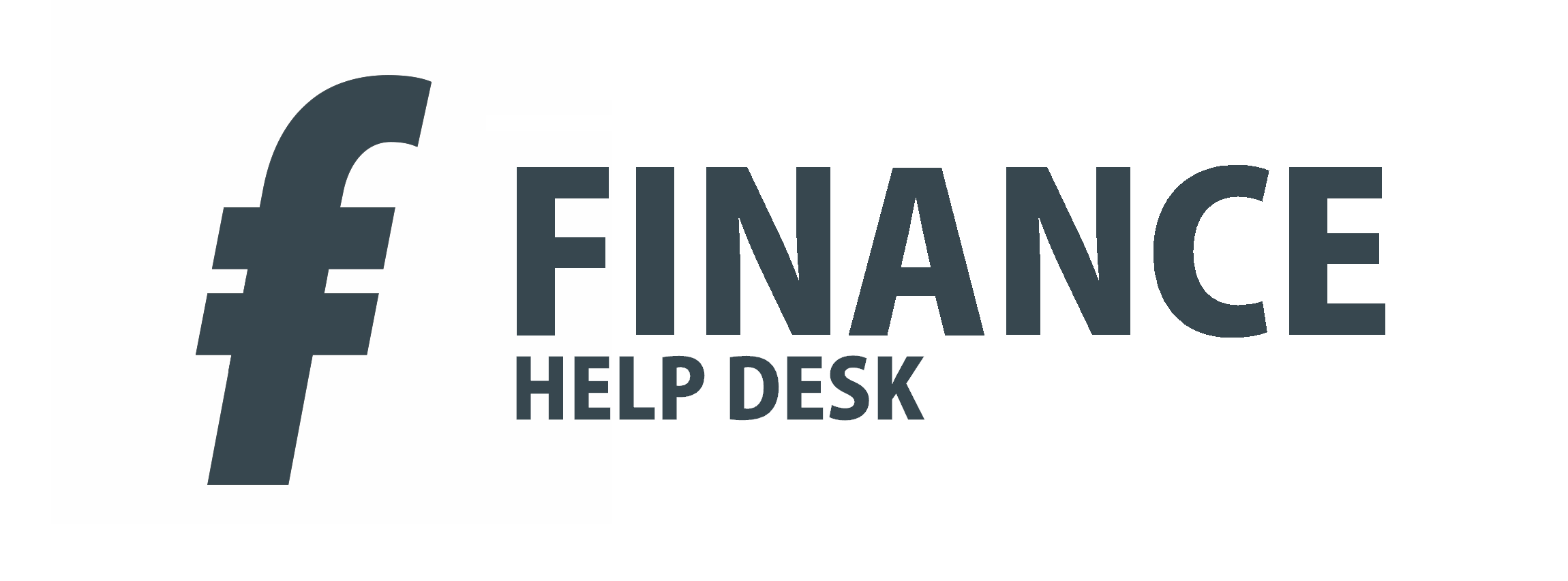Imagine you are handed the keys to a high-power financial machine—one that can turn a mediocre investment into a legendary success. That’s what a well-built LBO model is. Unlike traditional valuation methods, LBOs thrive on leverage, timing and precision. But here’s the catch: most guides drown you in theory. Let’s cut through the noise. Whether you are preparing for a finance internship, looking for corporate finance assignment questions help or just want to master the art of leveraged buyouts, this guide will give you the actionable roadmap you need.
By the end you’ll not only understand how to model debt waterfalls and exit IRRs but also avoid the pitfalls that trip up even advanced students.
Understanding the Core Mechanics: LBO Models Are Like Financial Chess
Leveraged buyouts aren’t just about borrowing money—they’re about using debt to amplify returns. Think of it as a game of chess: every move (debt repayment, operational improvements, exit timing) impacts the final outcome.
What You’ll Be Working With:
- Debt Stack: Senior loans, mezzanine financing, high-yield bonds.
- Cash Flow: The lifeblood that repays debt and funds growth.
- Sponsor Equity: The initial cash injection from the private equity firm.
- Exit Value: The endgame—selling the company at a higher multiple.
Excel Tip: Use Data Validation (Alt + D + L) to create dropdowns for debt types. This keeps your assumptions clean and dynamic.
Step-by-step guide on building an LBO model
Step 1: Setting Up Your Transaction Assumptions – The Foundation of Every Great Model
Start with the purchase price and capital structure. Assume you’re buying a company for 8x EBITDA. If EBITDA is 50M, the purchase price is 50M, the purchase price is 400M. But here is where students get stuck: figuring out how much debt the target can handle.
Rule of Thumb: Total debt shouldn’t exceed 4-6x EBITDA. Let’s say we use 5x:
- Debt = 5x 50M=250M
- Equity = 400M–250M = $150M
Excel Formula: Use =MIN(5*EBITDA, 70% of Purchase Price) to cap debt at safer levels.
Step 2: Sources and Uses – Mapping the Money Trail
This table answers two questions: Where’s the money coming from? (Sources) and Where’s it going? (Uses).
Example:
|
Sources |
Amount |
Uses |
Amount |
|
Senior Debt |
$200M |
Purchase Price |
$400M |
|
Sponsor Equity |
$150M |
Transaction Fees |
$10M |
|
Mezzanine Debt |
$50M |
Working Capital |
$40M |
Excel Hack: Use Conditional Formatting to highlight oversubscribed debt (e.g., if total sources < uses, turn the cell red).
Step 3: Building the Debt Schedule – Navigating Interest, Repayments, and Circular References
Debt schedules are the heart of the LBO—and the #1 headache for students. Why? Because interest expense affects cash flow, which affects debt repayment capacity. This creates a circular reference.
How to Break the Loop:
- Enable Iterative Calculations (File > Options > Formulas > Enable iterative calculation).
- Use a revolving cell to toggle interest calculations on/off during iterations.
Formula Example:
- Interest Expense: =AVERAGE(Beginning Debt, Ending Debt) * Interest Rate
- Mandatory Repayment: =MIN(Cash Flow Available for Debt Repayment, Debt Balance)
Step 4: Projecting Cash Flows – The Art of Realism Over Optimism
Here is where students often go wrong: overestimating revenue growth or underestimating costs. Be brutally conservative.
Key Drivers:
- Revenue Growth: 3-5% annually (unless the industry is booming).
- EBITDA Margins: Historical averages ±1-2%.
- Capex: 2-3% of revenue for maintenance.
Excel Shortcut: Use F4 to lock cell references when copying formulas (e.g., =$C$5*1.03 for fixed growth rates).
Step 5: Exit Valuation – Calculating the Grand Finale
Assume a 5-year hold period. The exit value = Exit EBITDA * Exit Multiple.
Case Study:
- Entry EBITDA: $50M
- Exit EBITDA (Year 5): $65M (3% annual growth)
- Exit Multiple: 9x (industry average improved from 8x)
- Exit Value: 65M∗9=585M
IRR Calculation: Use =XIRR in Excel with dates and cash flows. Sponsor equity of 150M grows to 335M (585M–250M debt), yielding a ~17% IRR.
Common LBO Modeling Mistakes (And How to Fix Them)
Students often stumble here, but a good finance help website can demystify these issues:
Mistake 1: Ignoring Transaction Fees
Fees (legal, advisory) reduce cash available for debt repayment. Always include them in Uses.
Mistake 2: Overcomplicating the Debt Schedule
Start simple. Model senior debt first; add subordinated layers later.
Mistake 3: Forgetting the Cash Sweep
If the company generates extra cash, it must repay debt faster. Use a cash sweep formula:
=IF(Free Cash Flow > 0, Free Cash Flow, 0)
When to Seek Corporate Finance Assignment Questions Help
Stuck on circularity or debt waterfalls? Even pros use checklists:
- Validate formulas with F2 (trace precedents).
- Test extreme scenarios (e.g., 0% revenue growth).
- Compare your IRR to industry benchmarks (15-25% is typical).
Final Checklist: Is Your LBO Model Battle-Ready?
- Debt balances never go negative.
- Interest expense ties to the debt schedule.
- Exit IRR is realistic (not 50%+ unless it’s a unicorn).
- Fees and transaction costs are included.
Bottom Line: Building an LBO model isn’t about complexity—it’s about clarity. Master the debt schedule, stay conservative with cash flows, and always link every formula. And if you hit a wall? Connect with experts at one of the best finance help websites.
